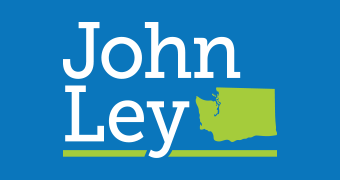Government lockdowns and the closure of our schools have failed our children. New reports confirm what many parents already knew – their children were suffering because of their inability to attend school in person.
Last January, the Seattle Times reported that already poor achievement scores plummeted even further during the 2 years of pandemic lockdowns. Only one in six low income students were proficient in math. In English, only one in 20 were proficient. We know that if children don’t become proficient in English language arts by the fourth grade, they almost never catch up with their peers.
New data is also showing significant harm to our children’s mental health. The collapse of educational pathways and opportunity has had a particularly brutal effect on the poorest students, who can least afford to have their schooling disrupted. High-poverty schools had the lowest levels of in-person instruction, causing low-income students to fall even further behind their more affluent peers.
The number of ER visits in 2021 by adolescent girls for suspected suicide attempts was 51% higher than during the same period in early 2019. Skyrocketing violence statistics involving young men, including a spate of shootings, may also be traceable to mental illnesses exacerbated by the enforced isolation of COVID-19.
There can be little question that closures permanently altered the relationship of many students to school. One survey found that the rate of chronically absent students nationwide is now 22%, 2.7 times what it was before school closures. In New York City, 4 out of 10 students are now chronically absent; in Los Angeles nearly half of all students are chronically absent. These statistics indicate an instructional system that in many cases has simply ceased to function.
The question we face today is how do we work to reverse the damage done to our children. Allowing top-down, one size fits all bureaucratic decisions brought us to this point. We can’t afford to do more of the same.
Instead, we must put the power in the hands of the parents. They know what is and isn’t working for their children. They need the ability and the resources to find what works best in educating each of their children in their local community. Let’s let parents choose which school and which educators best meet the needs of their children. Then let’s have the money follow the child.

